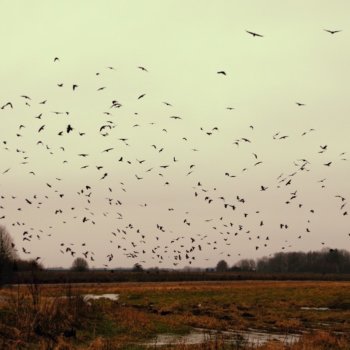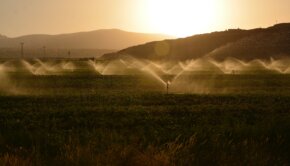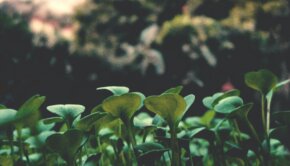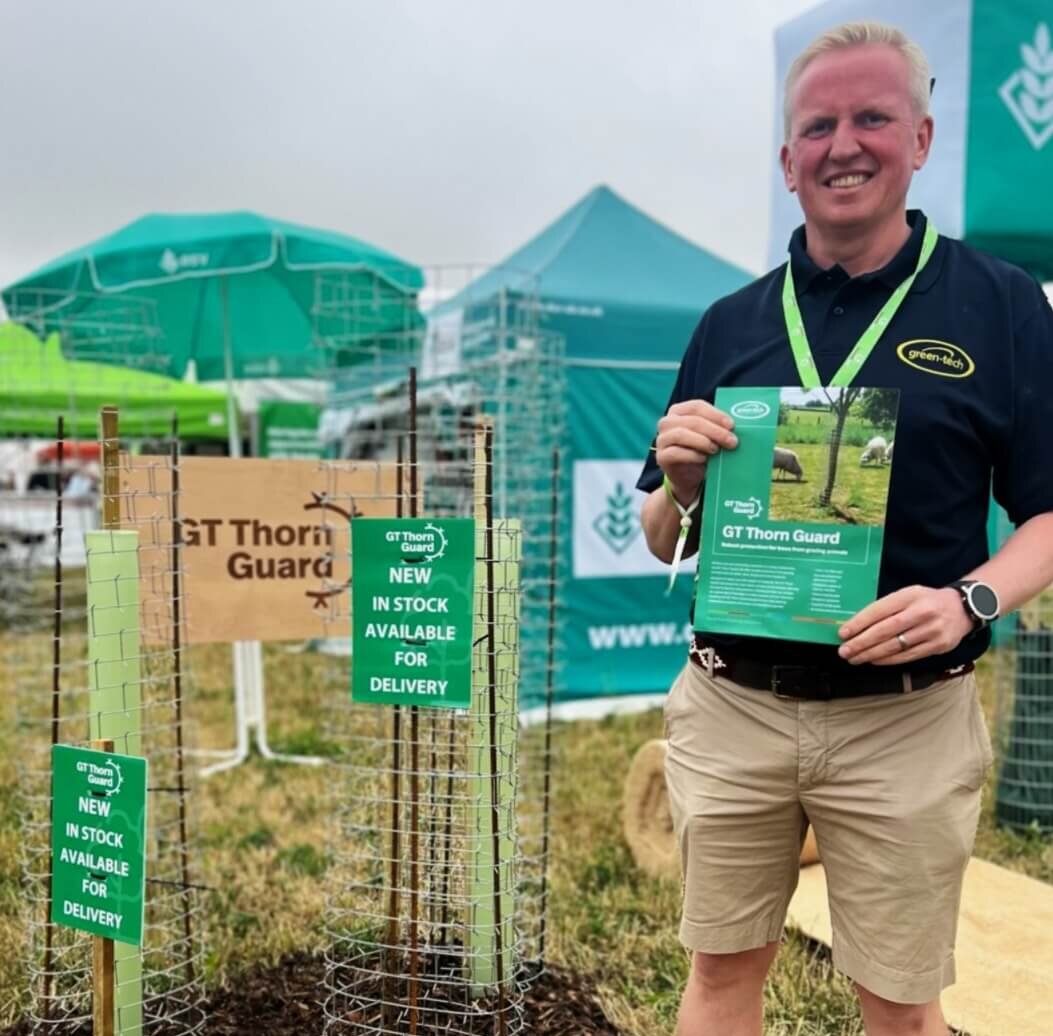Government issues consultation paper on use of peat in horticulture

This purpose of the Key Issues Consultation Paper is to examine the use of peat moss in the horticultural industry in Ireland and the potential of using alternative materials.
7 November 2019
Arising from an action set out in the National Peatlands Strategy 2015, the purpose of the Key Issues Consultation Paper is to examine the value of using peat moss in the horticultural industry in Ireland; the effect on local employment, where peat moss is currently extracted; the potential effect of using an alternative material in terms of potential loss to the local economy, local business, and potential alternative employment; and the potential improvement of maintaining bog habitats rather than harvesting them for peat.
Environmental benefits
As mentioned in the paper, peatlands are considered among the most important ecosystems of the world because of their huge carbon stores and their ability, when growing, to capture carbon and thus to help regulate climate.
Peatlands also provide significant benefits related to water filtration and regulation of water supply.
It is probably their active role in carbon capture which makes peatlands an asset to climate regulation. As they develop, peatlands slowly remove carbon from the atmosphere and store it in the form of peat. By absorbing the carbon dioxide from the atmosphere over long periods and by emitting other greenhouse gases such as methane, natural bogs affect and regulate global climate.
Intact natural peatlands act as natural climate regulators but remaining intact is key for them to be beneficial to the environment.
Use of peat in horticulture
The paper details how peat is used principally as a growing medium within horticulture by amateur and professional gardeners, professional growers, and by the mushroom industry.
Within the commercial horticulture sector, peat is used by mushroom producers, containerised nursery stock producers, and soft fruit producers. Peat has many properties that make it an ideal and favourable material that can be adapted to grow plants and produce mushrooms.
Peat is also used in the pursuit of gardening by consumers and amateur gardeners, where it is also used as a growing medium to raise and grow on ornamental and edible plants in pots, containers, and hanging baskets as well as its use as a soil conditioner.
Bord na Móna is the largest producer of horticultural peat in Ireland with six other medium sized companies: Bulrush, Clover, Erin Peat, Harte Peat, Klasmann-Deilmann Ireland, and Westland.
There are up to 30 small producers as well as small semi-agricultural producers that supply both fuel sod peat as well as sod and milled horticultural peat according to the National Peatlands Strategy 2015.
The Irish commercial horticultural industry makes a very significant contribution to the Irish gross agricultural output with a farm gate value of €437 million in 2018. Within the industry an estimated 6,600 were employed full time in primary production activity with a further 11,000 employed in value added and downstream businesses (not including the wholesale trade) with an employment value of €497m according to the Bord Bia “Labour Review of Horticulture in Ireland 2016.
Of the total industry output of €437m, the output value for the sectors that use peat as an input are, Mushrooms, €117m; Protected Fruit, €38m; Protected Vegetables, €29m; Nursery Stock, €36m; and Protected Ornamental Crops, €19m.
Two of these sectors are important sources of foreign revenue, where 90% (€105m) of Irish mushroom production is exported and €7.3 million of nursery stock are exported, mainly to the UK.
Reduction in use by horticulture industry
According to the paper, there has been considerable success in using some of these alternatives as peat diluting material within growing media within the horticultural industry.
The principal users of peat in the commercial horticultural industry in Ireland are the mushroom, amenity, and soft fruit sectors. These sectors are focused on proactively reducing their peat usage.
In the nursery stock and soft fruit sectors, peat usage has been reducing where these sectors have embraced the use of peat diluents such as bark/wood fibre and coir in their growing medium.
Disadvantages of peat use
- Peat forms in living peatland habitats, at an exceedingly slow rate, of only one millimetre per year in a natural untouched peatland.
- Peat used in growing media decomposes over time and hence releases its stored carbon to the atmosphere.
- Once peat is extracted from a bog it cannot be replaced and restoring peat-accumulating conditions is difficult and expensive.
- Peat extraction results in the loss of many of the multiple ecosystems services and benefits provided by a living, functioning, peat-forming bog including climate, air, soil, water, biodiversity (with food, fibre, medical, art, environmental monitoring (pollen and macrofossils), and cultural benefits (including archaeological artefact preservation).
- Continued use of peat moss as growing media may reduce the incentives for a greater research effort to be put towards investigation of environmentally sustainable growing media.
Challenges in moving from the use of peat moss in the horticultural industry
According to the paper, education and community interaction would be of key importance to successfully managing any move from the use of peat in the horticultural industry.
Land owners and the local communities would need to be engaged in what would be a disruption to the cultural practices that have developed through many generations.
Clear communication and engagement between the public sector, industry and communities would be the lynchpin to determine success or failure. Encouraging growth in the area of conservation and, in particular, in the area of natural compost/green waste for use in both the domestic and industrial horticultural sector would be a key factor.
The paper concludes with a set of questions for those interested in providing their feedback. Some of the questions are:
- What are your views on what more could be done to support and enable the switch to peat free horticulture at professional crop production level and consumer level?
- What are your views on alternatives to the use of peat in the Horticultural Industry (from, for example, the perspective of the professional grower or consumer/amateur gardener)?
- What are your views on whether Ireland should cut back or cease the export of peat for use outside of Ireland even if this would result in job losses in Ireland?
- Do you consider that a working group should be established to advise on how best to overcome the barriers to reducing peat use in professional horticultural crop production and in the amateur horticultural market?
Those interested in providing feedback to the consultation paper can view the paper here, and submissions will be accepted via email and via post to: National Peatlands Strategy Co ordination Unit, Peatland Issues and Land Designation Section, National Parks and Wildlife Service, Department of Culture, Heritage and the Gaeltacht, 90 King Street North, Smithfield, Dublin 7, D07 N7CV.



 Print
Print









Fans 0
Followers